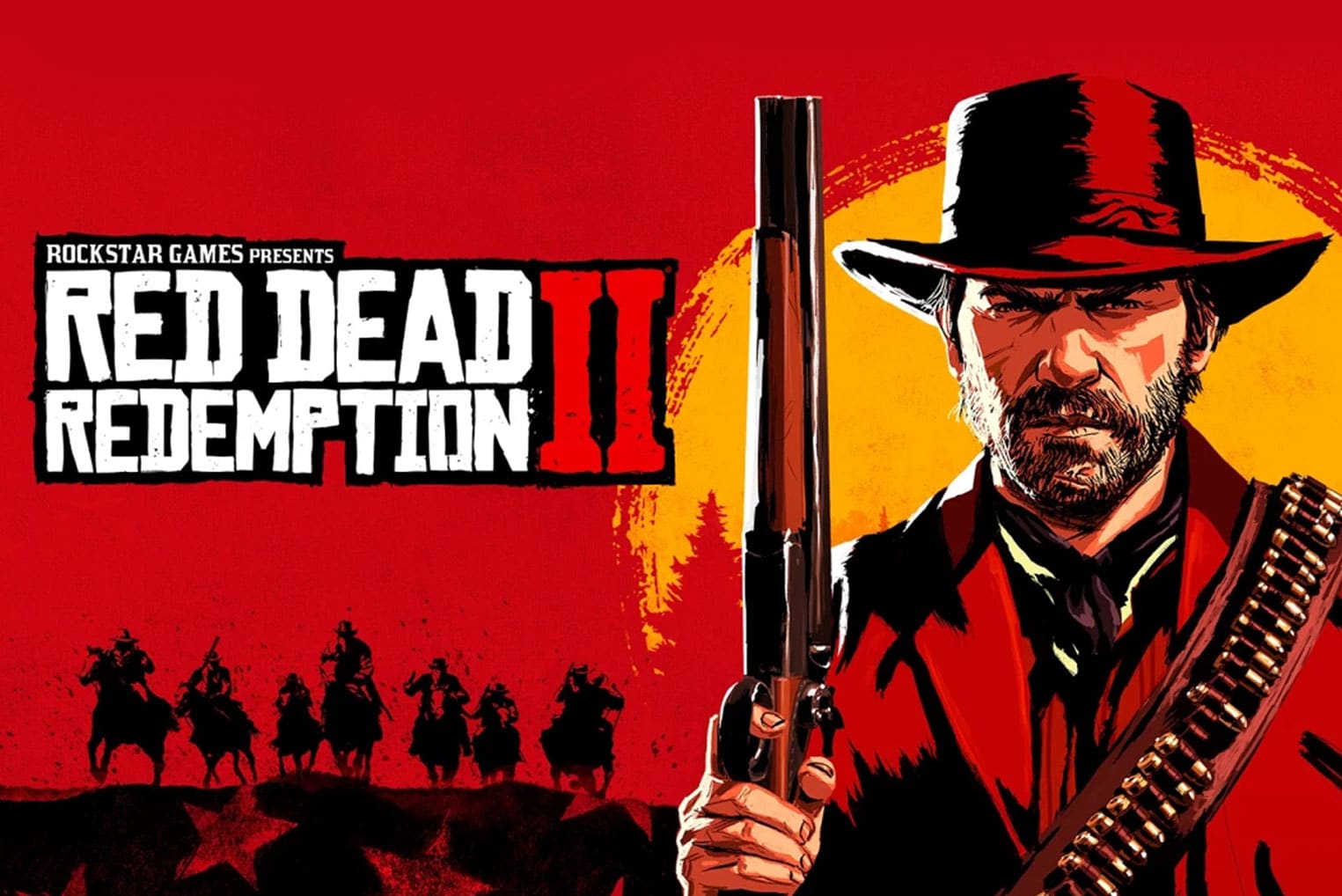
08 Mar Investment Case: Take-Two Interactive
By Pieter Hundersmarck
Summary
- Take-Two Interactive is a video game publisher with excellent management, a wide moat of popular content and execution skills, and significant growth opportunities.
- Its main studio is Rockstar Games, a legendary outfit amongst game enthusiasts. Rockstar Games created Grand Theft Auto, the biggest and most profitable piece of media ever created. Since releasing in 2013, the game has sold over 120 million units as of 2020 amassing $6 billion in revenue since its debut, making it bigger than Star Wars and Gone with the Wind, two of the biggest media properties in history.
- The Company’s games are played across a variety of platforms such as Consoles, PCs and mobile devices.
- Consoles generate the lion’s share of bookings, which we estimate to be 70% of the total.
Before we delve into the business case for Take-Two, firstly, what’s so great about gaming?
All the advantages of social media, and more. Gaming generates inclusivity, collaboration, sharing and engagement through content which is greater than any other cultural participation force we have seen. The advantages for good content owners manifest in incredible user stickiness and multi-year franchise revenue.
Subscription revenue. All the gaming platforms are moving towards subscription models. The Xbox subscription costs $10 per month for its Live GOLD service, and PlayStation is similar. Amazon has unveiled its cloud gaming platform, Luna, which will cost $5 per month. Subscription is a powerful model which can move gaming into the mainstream of consumer discretionary spend across all age groups.
The advantages of cloud-based services: Cloud based and streaming video services can help grow the addressable market by making it possible to play games on any screen or connected device. They reduce the upfront hardware cost and free up spend for software and subscriptions. They also allow a seamless experience across screens – you can start on the TV in the living room and then pick up the same game on a mobile or tablet in the bedroom or on the train. In the longer term, having almost unlimited machine processing power in the cloud can drive new gameplay, truer to life experiences, personalization, persistence, and bigger open worlds, which will drive penetration and engagement.
Vertical integration on the rise. We expect to see platforms buying publishers and developers to secure attractive content to differentiate their platform, which could result in a strategic premium for video game companies that have strong IP and development capabilities. Successful intellectual property (IP) development takes thousands of developers and billions of dollars in investment. The hit-driven nature of the industry means it takes a long time to build a portfolio of successful games and recognized brands that can drive footfall or choice of one platform over another.
Growth. We forecast that the games market will to grow to $217.9 billion by 2023, representing a strong +9.4% CAGR between 2018 and 2023. This is up from the previous forecast of $200.8 billion.

Chart 8 Global Games Market Forecast to 2023 (source: NewZoo)
Investment Case
1. It’s a successful gaming company. Take-Two has been recognized as having some of the best IP and gaming expertise in the business. Take-Two owns or licenses the intellectual property behind some of the best-selling entertainment series of all time, including Grand Theft Auto or GTA, Red Dead Redemption and NBA 2K.
Their record speaks for itself. GTA specifically has been enormously successful across gaming generations and gaming consoles. GTA and Red Dead Redemption, for which Take-Two owns all the intellectual property, had over 100 million active unique players during its fiscal 2020.
People are realizing that through games we also can have a social experience while we’re having an entertainment experience. We can talk to our friends. We can talk to communities. And we can do that in real time all around the world.
The scale and success of GTA and Red Dead has created a model of ‘engagement begets engagement’. Gamers no longer just ‘play’ the game, they build, extend, and participate in the game with user generated content, competitions and networking. This type of engagement creates an incredibly powerful feedback loop, begetting more engagement.
The moat is wide and deep, and comprise the people and the intellectual property. Well-regarded brands like Take-Two scales with consumers, which makes switching costs high. Gamers build strong bonds with game franchises: they log hundreds of hours in a game, spend hundreds of dollars on microtransactions and in many cases form meaningful bonds and friendships through the game.
2. It’s diversifying and growing its revenue streams. Take-Two is heavily reliant on a lumpy cash flow stream from its hit franchises. Game development times can take between three to five years, and release dates are critical to ensure that games’ monetisation covers the expenditure costs as well as the next 5-year development pipeline. This cyclicality made the business unpredictable and difficult to value.
This is changing. Today, the company generates meaningful revenue across console, mobile and PC with more than half that business in the 2020 financial year coming from higher margin digital business including GTA online, and NBA2k and WWE2K on mobile.
Net bookings at Take-Two have grown by double digits over the last 5 years. Going forward, Take-Two has 80 titles planned for release over the next five years, which is significantly more than what has been released in the past 5 years. These new launches will be on console, mobile and PC, diversifying revenue sources from different channels, and will be in gaming models that allow for increasing monetization.
3. Its capital-light and infinitely scalable. Video game production requires an upfront capital commitment (mostly programmer salaries) but afterwards has all the benefits of a software business (‘build it once, sell it a thousand times’). Games can be rolled out globally due to the console and PC distribution model. We estimate Take-Two’s Return on Invested capital (ROIC) to be north of 25%.
4. The Balance Sheet is rock-solid. At the end of its last quarter the Company reported net cash at 8% of market capitalisation.
5. Management are aligned. Management owns a substantial amount of stock and the company’s developers receive stock-based compensation, creating an aligned, shareholder-friendly incentive structure across the organization. Strauss Zelnick, the CEO and Chairman, owns a significant amount of the stock.
Excellent fundamentals, as well as a margin opportunity
Margins at Take-Two are lower than its US listed peers (Activision Blizzard and Electronic Arts). Margins can increase through scale and channel shift.
Take-Two’s biggest issue has been scale. It needs to generate more revenue from its current IP to successfully leverage its cost base like its peers have been able to. This does not necessarily mean more hit games, but better monetization. Recall that only 4% of Candy Crush players, for example, spend on the game. And 10% of this 4% (or 0.4% of users) generate 50% of revenue.
The scale and success of GTA and Red Dead has created a model of ‘engagement begets engagement’.
For Take-Two, growth in monetization of existing content will come via GTA Online and Red Dead Online, which provide recurring revenue at zero cost to Take-Two.
Channel shift is a rising tide that is lifting all the gaming companies. According to data from NPD (a games analyst firm), US physical console software sales were $6.5bn in 2019 out of a total market of $25bn at the time (i.e., physical console disk constituted 25% of the US games market). The physical segment is being replaced with digital sales, and the margin impact is meaningful.
With digital sales, there is a higher distribution cost because of the pay-away to Microsoft or Sony game stores (as much as 30% of revenue versus 20% for distributing through physical stores). However, this is more than compensated for by savings on the production of the physical game (box, disc etc.) so net revenue is higher.
There is an additional benefit from digital sales. As this physical market declines and is replaced by consumers purchasing online content, the follow-on purchases of online content increase for that user, since he is more inclined to purchase further content post the initial game purchase (resulting in increasing revenue per gamer).
Further tailwinds for margins that should benefit all video game publishers include the possibility of decreased platform fees and an increasing percentage of revenue from microtransactions, which carry high 70% or 80% margins.
Valuation
Take-Two isn’t a cheap stock by traditional valuation measures. However, we believe that quality, when it is enduring, is worth paying up for. We see a path to $9 in earnings per share over the next 5 years, from a combination of revenue growth and higher margins. Using a premium multiple, we can arrive at a fair value nearly 30% higher than where the share trades today.
About Pieter Hundersmarck:
Pieter is a fund manager and member of Flagship’s global investments team.
Pieter has been investing internationally for over 13 years. Prior to Flagship, he worked at Coronation Fund Managers for 10 years in the Global and Global Emerging Markets teams, and also co-managed a global equities boutique at Old Mutual Investment Group. Pieter holds a BCom (Economics) from Stellenbosch University and an MSc Finance from Nyenrode Universiteit in the Netherlands.



















